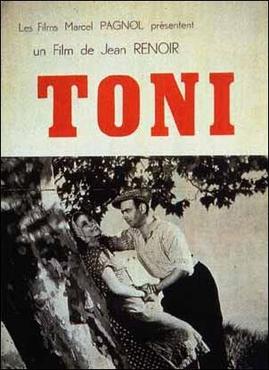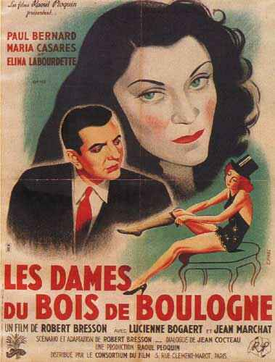 |
| Alex R. Hibbert and Mahershala Ali in Moonlight |
Teenage Chiron Harris: Ashton Sanders
Child Chiron Harris: Alex R. Hibbert
Adult Kevin Jones: André Holland
Teenage Kevin Jones: Jharrel Jerome
Child Kevin Jones: Jaden Piner
Paula: Naomie Harris
Teresa: Janell Monáe
Juan: Mahershala Ali
Terrel: Patrick Decile
Director: Barry Jenkins
Screenplay: Barry Jenkins
Based on a play by Tarell Alvin McCraney
Cinematography: James Laxton
Production design: Hannah Beachler
Film editing: Joi McMillon, Nat Sanders
Music: Nicholas Britell
Coming-of-age films are the cinematic equivalent of the Bildungsroman, the usually semi-autographical "novel of education" that tracks the formative childhood and adolescent experiences of the protagonist. Dickens, for example, wrote not one but two Bildungsromane: David Copperfield and Great Expectations. In the movies, the classic coming-of-age films include Satyajit Ray's Apu Trilogy (Pather Panchali, 1955; Aparajito, 1956; The World of Apu, 1959) and François Truffaut's The 400 Blows* (1959). Lately, Richard Linklater has added a distinguished entry to the genre, Boyhood (2014). And now Barry Jenkins adds to the genre with Moonlight, a fine film about growing up black and gay, while deftly avoiding the double pitfall of making his film about being black or gay. There have been plenty of films about growing up black and about growing up gay -- I watched a good film just last night about the latter, André Téchiné's Wild Reeds (1994) -- and much commentary about possessing the dual stigma in a straight and/or white society. But what sets Jenkins's film apart is its avoidance of pop psychology and trite sociology: Moonlight is about being human. You don't need to have grown up in India or France to understand and sympathize with Apu or Antoine, and you don't need to have grown up in the Miami housing projects to sense why Chiron (rhymes with "Tyrone," but with a spelling that suggests the mythical centaur) is so blocked, so stubborn, so silent. Jenkins and Tarell Alvin McCraney, who wrote the play Jenkins adapted for the film, step carefully around the clichés of the genre, especially when it comes to ascribing blame. Juan, the drug runner who finds the young Chiron hiding from bullies in an abandoned crack house and shows him kindness, isn't entirely the heroic figure he might be. Juan becomes the fatherless Chiron's first adult male role model, but he's a poor one even though he's generous and understanding, since Chiron grows up to follow Juan's profession and even imitate some of his showy mannerisms. Paula is a terrible mother, but she doesn't want to be: It's the drugs that Juan sells her that send her skidding off the track she desperately wants to be on. Kevin, Chiron's first (and apparently only) sort-of boyfriend, isn't strong enough to stand up to the taunts of the bully Terrel, so he betrays the teenage Chiron, provoking him to violence. So the film ends on an ambivalent note with the reunion of the adult Chiron and Kevin. Are they strong enough now to provide support to each other, or are their lives going to be haunted by the damaged child that was Chiron, seen in the film's final shot? There is something a little too formulaic about that ending, I think. I'm not entirely convinced, for example, that the handsome, bulked-up, successful drug runner that is the adult Chiron would have remained celibate for so long. But Jenkins has risked much and mostly succeeded -- after all, there's that Oscar -- in crafting a film that doesn't play the blame game or rely on pat explanations and outcomes.
*I'm not including the other four Antoine Doinel films by Truffaut because, like many others, I don't sense a real continuity of character between the Antoine of The 400 Blows and the Antoine of the sequels.





.png)




